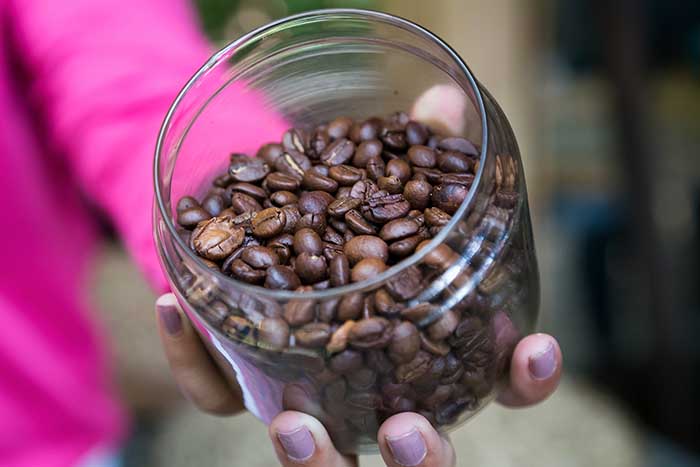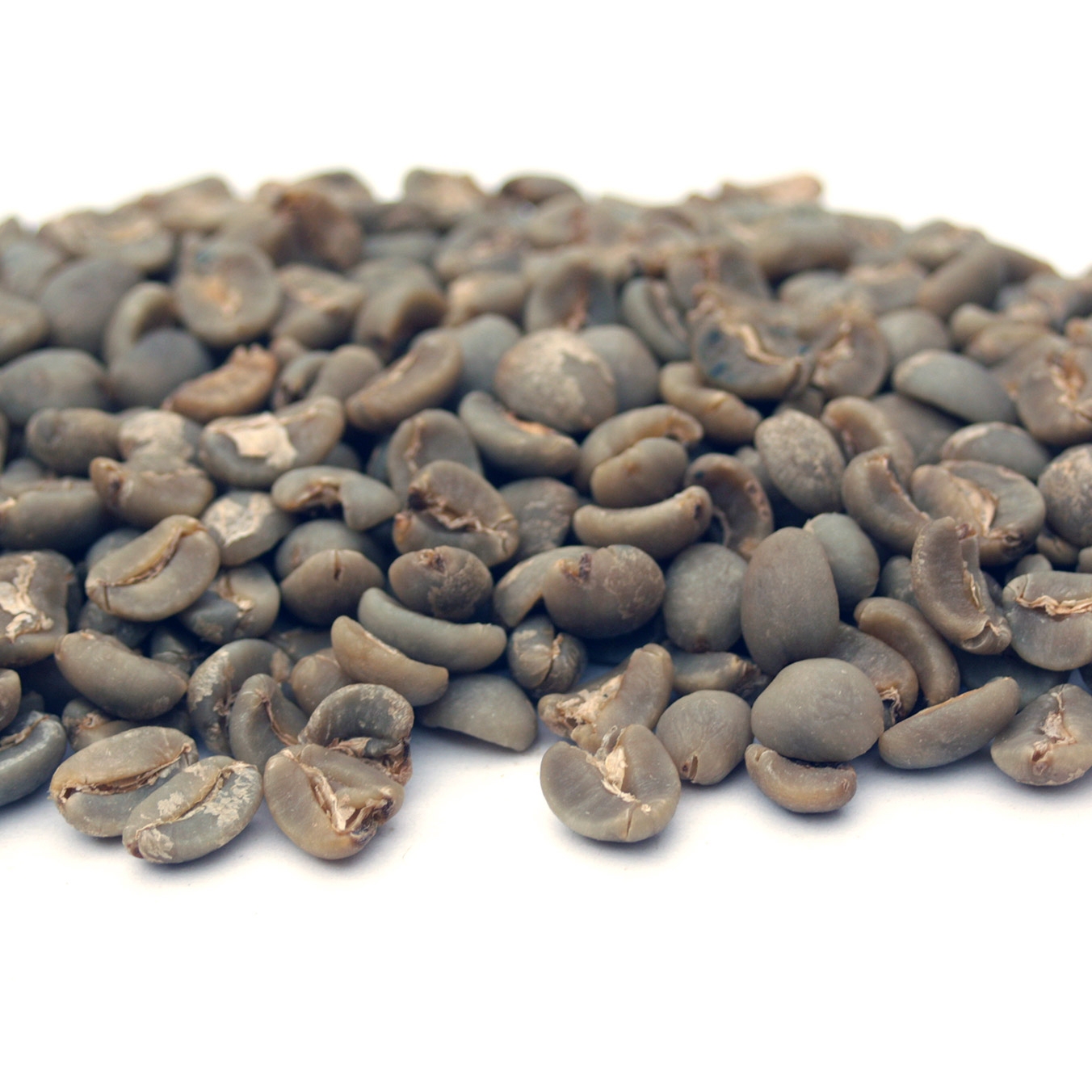

It also reduces acidity and increases the flavor’s body.īecause of the high moisture content, the beans continue to ferment up until they are finally roasted. This gives the beans their distinctive blue appearance. The beans are then hulled in a semi-wet state. Instead, the coffee beans are dried until they reach a 50% moisture content. Because of the weather in Sumatra, farmers can’t use the same drying process used in other countries. Then, farmers use their Luwak (pulping machines) to remove the outer skins from the coffee cherries.įrom there, the coffee beans are dried.

This process is what gives Sumatran coffee its unique earthy flavor. In Sumatra, most farmers use the traditional Giling Basah (wet hulling) process. How Our Coffee Is Produced: The Traditional Giling Basah Process This single-origin coffee pairs well with most foods, especially foods that contain cinnamon, maple, or toffee flavors. This coffee features the distinct earthy aroma characteristic of Sumatran coffee. Many believe that the volcanic ash from this lake is responsible for the unique flavors of Tapanuli-grown coffee. Tapanuli is home to Lake Toba, the largest volcanic lake in the world. Our coffee is produced in the Tapanuli region of Sumatra, one of the first places where coffee was grown on a large scale. It is a true small-batch single-origin offering. Our single-origin coffee comes exclusively from Sumatra and is not blended with any other coffee beans. Sumatran coffee beans are known to pack a punch and have full-body, depth, and low acidity. The Robust Flavors of the Sumatran Coffee Bean Shipments may arrive separately when ordering non-food items with coffee. Our Single-Origin Sumatran Coffee is legendary for its full body, depth, and low acidity.The result is a gutsy, glorious coffee that brews a richly seductive cup. We sample exhaustively for every lot we select, looking for the most exceptional body and sweet herbal nuances to coax out with our signature Peet's roast. Along the way, they become fully dry in stages-acquiring their characteristic Sumatran earthiness and complexity.īecause each lot might include the beans of 100 different farmers, great Sumatra relies on strong relationships and sharp tasting skills. Collectors purchase and hull the coffee while still moist and dark grayish-green, removing the parchment shells and allowing the beans to sun-dry only briefly before delivering them to the port of Medan.

It comes from the backyards and garden plots of small landholders, who often have only a few trees and process beans by hand, using the semi-washed method, that could be the secret to this coffee's unconstrained flavor and hefty, syrup-like body.Ĭherries are pulped on the farm with a hand-cranked mill, and the seeds hand washed in a basket. Sumatra, perhaps the quintessential Indonesian coffee, doesn't grow on estates or big farms.


 0 kommentar(er)
0 kommentar(er)
